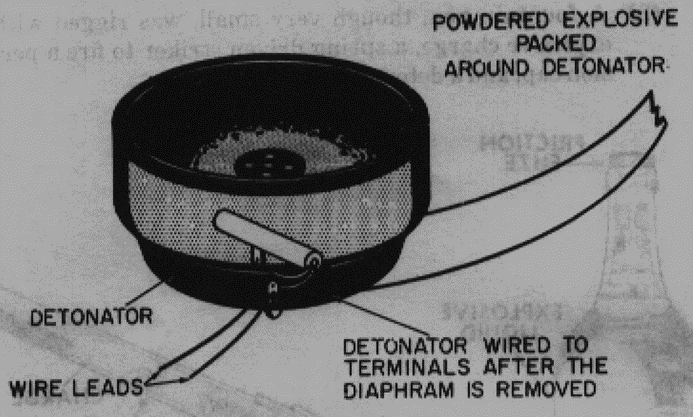Title: The Evolution of Booby-Trapping Electronics: From Military Tactics to Modern-Day Attacks
Introduction:
Two large-scale, coordinated attacks in Lebanon have once again highlighted the historical pattern of booby-trapping electronics. These attacks involved the use of rigged pagers and hand-held radios, resulting in numerous casualties. While Israel is widely believed to be behind these attacks, Hezbollah also attributes them to Israel. This article explores the evolution of booby-trapping electronics, from military tactics to modern-day attacks, shedding light on the potential dangers posed by these devices.
The Historical Precedent:
Booby-trapping electronics is not a new phenomenon. In fact, it dates back at least half a century, as documented in the U.S. military’s Field Manual 5-31, titled “Boobytraps.” Published in 1965, this manual describes explosive charges disguised as harmless objects or devices. Intricate wiring diagrams and schematics are provided, demonstrating how various items, including office equipment, kitchenware, televisions, and beds, can be rigged.
Military Applications:
The manual also highlights specific examples of booby-trapped electronics used in warfare. One such example is a World War II-era booby-trapped communications headset, which contained an electric detonator connected to the terminals on the back. This headset would detonate when connected to a live communication line, causing serious injury to the unsuspecting user. Another example is a desk phone rigged with an explosive charge in its base, designed to detonate when used.
Modern-Day Attacks:
Booby-trapping electronics has not been limited to military applications. In 1996, the Israeli Security Agency, Shin Bet, used a similar technique to assassinate Hamas bomb-maker Yahya Ayyash. They delivered a rigged phone to a relative of one of Ayyash’s friends, knowing that he would use it. When Ayyash answered the booby-trapped phone, it was remotely detonated, killing him.
Terrorist Tactics:
Terrorist organizations have also adopted the use of booby-trapped electronics. In a 2010 issue of Al Qaeda’s magazine, Inspire, an article by Ikrimah Al-Muhajir detailed how a printer was rigged with explosives in the ink cartridge. The bomb-makers used a circuit from a Nokia cellphone to bypass airport security. The printer’s toner and the cellphone’s circuitry helped the device blend in, allowing it to pass undetected. This tactic was discovered after intelligence agencies intercepted two devices that had already made their way onto planes.
Recent Attacks:
In a more recent incident in 2023, Ecuadorian journalists received booby-trapped USB sticks that exploded when plugged into their computers. These USB sticks utilized the same explosive compound, RDX, used in the assassination of Yahya Ayyash. This attack highlighted the ongoing threat posed by booby-trapped electronics.
Conclusion:
The recent coordinated attacks in Lebanon and Syria serve as a stark reminder that electronic communications tools can be turned into weapons themselves. Booby-trapping electronics is a tactic that has evolved over time, from military applications to terrorist tactics. Understanding the history and methods behind these attacks is crucial in developing effective countermeasures to protect against such threats. As technology advances, it is essential to remain vigilant and adapt security measures accordingly.
Update: September 18, 2024, 1:48 p.m. ET
The story has been updated with new information regarding the two children who were killed in the pager attack on Tuesday, as well as a similar coordinated attack on Wednesday in Lebanon that targeted hand-held radios.


